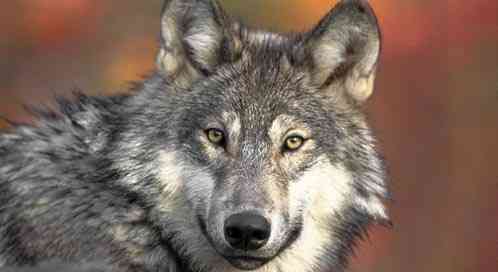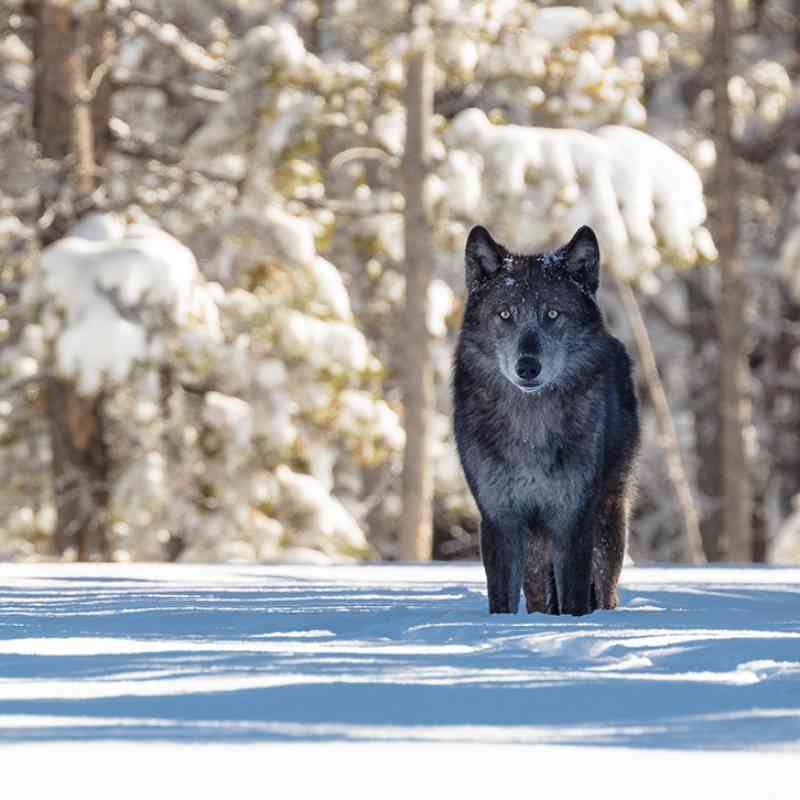Defenders helps wolves and ranchers coexist in the Northwest
With the wolf’s return to Oregon and Washington, Defenders is on the ground in the Northwest with its pioneering coexistence program—an action plan that has worked wonders in the Northern Rockies over the years.
Beginning in 2008, Defenders worked with three different sheep producers in central Idaho to learn how to deter wolves from preying on livestock. With guard dogs and electric fencing, this alliance protected more than 10,000 sheep that graze the Sawtooth Wilderness each summer. In four years, fewer than 20 sheep have been lost to wolves. “This shows that, with a little extra effort, it is possible to have a thriving wolf population without raising the stakes too high for livestock producers,” says Suzanne Stone, Defenders’ wolf expert.
Defenders believes that with a little dedication such an accomplishment can happen in Oregon and Washington on a much bigger scale because conservation groups have already paved the way along with forward-thinking ranchers and wildlife officials. “Oregon and Washington have the unique opportunity to duplicate and benefit from what we know works,” she says.
In 2010, after the first wolves in a century reclaimed Oregon, Defenders sponsored a range rider program that assisted multiple ranchers in the Wallowa-Whitman National Forest and adjacent private ranchlands. A rider on horseback monitors the livestock and wolves, and if wolves get too close, the rider can scare them off—often by his very presence. The rider can also use loud noises and lights to haze the wolves.
Other tried-and-true tactics include removal of livestock carcasses, which attract wolves, and turbofladry—bright red flagging on an electrified rope that pops and flaps in the wind and can shock a wolf if it tries to test the barrier. “This year alone in Oregon, 10 different landowners have used 11 miles of fladry to protect their livestock,” says Stone. “For a second season, a full-time range rider patrolled mountain valleys late at night and in the morning to monitor wolf activity and run wolves off if needed.”
Meanwhile in Washington state, Defenders is assisting wildlife agencies with nonlethal-deterrent training and equipment. “Adding nonlethal methods to cattle or sheep operations is not free but it is cost-effective,” says Stone. Defenders, along with other wildlife organizations and state and federal agencies, are helping to fund these programs.
Defenders is also working with tribes, universities and local media to build support for the wolf’s return. “We know the public wants wolves restored into the Pacific Northwest and the wolves themselves are pushing westward,” she says. “Defenders goal is to help this process move forward with stakeholder involvement to help maintain focus on resolving conflicts rather than fighting over them. We can help keep conflicts to a manageable level when people decide to focus on the solutions.”
Only select articles from Defenders are available online. To receive 4 issues annually of the full award-winning magazine, become a member of Defenders of Wildlife!
Related


